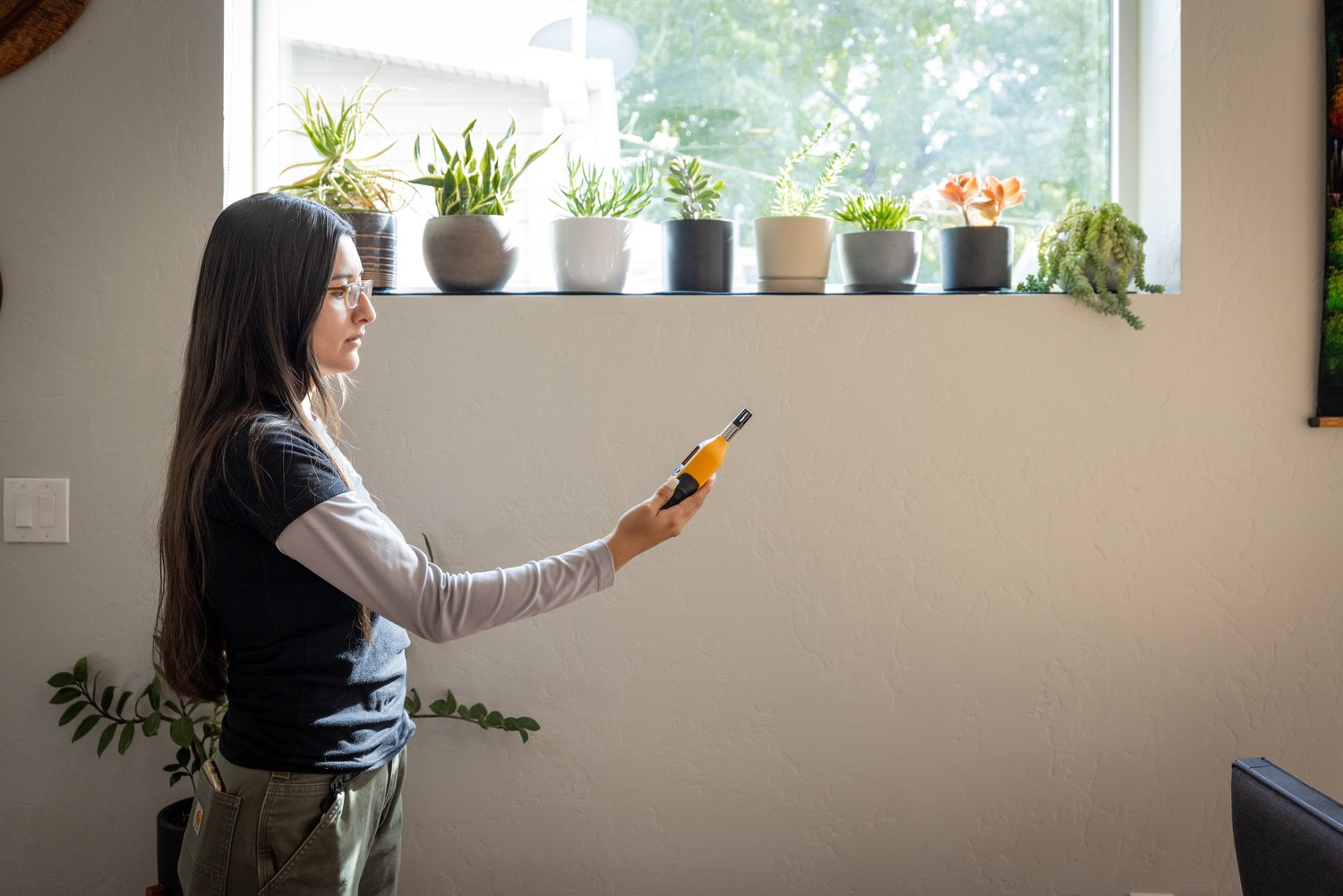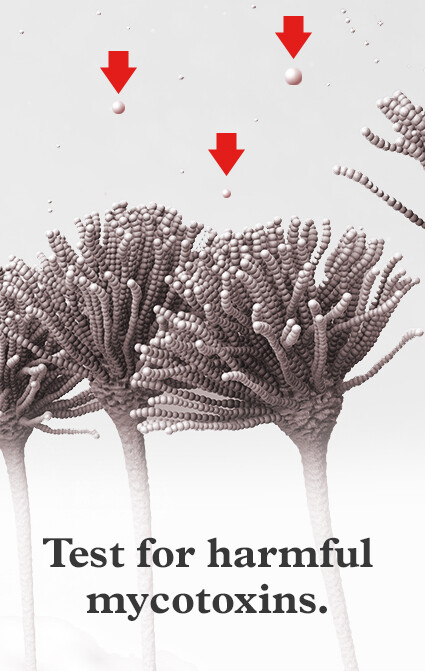Mycotoxin testing Services: A Secret Component in Danger Monitoring Methods
Mycotoxin testing Services: A Secret Component in Danger Monitoring Methods
Blog Article
Exactly How Mycotoxin Testing Aids Avoid Contamination and Secure Food Materials

Mycotoxin testing is an essential technique in the food industry, functioning as a frontline protection against contamination by damaging toxic substances created by molds. With the application of sophisticated techniques like High-Performance Fluid Chromatography (HPLC) and Fluid Chromatography-Mass Spectrometry (LC-MS), food manufacturers can properly measure and identify mycotoxin degrees in agricultural items. This aggressive method not only makes sure conformity with rigid safety and security guidelines but additionally minimizes health and wellness dangers to consumers. Normal testing fortifies brand track record and financial wellness by minimizing contamination-related occurrences. So, exactly how exactly do these testing procedures incorporate into the broader food security strategy?
Recognizing Mycotoxins
Understanding mycotoxins starts with recognizing that they are poisonous secondary metabolites generated by certain mold and mildews, which can contaminate agricultural products. These metabolites are not essential for the development or reproduction of the fungi yet can have extreme ramifications for animal and human health. Mycotoxins are generally found in staple crops such as corn, wheat, barley, and nuts, where they can proliferate under details conditions of dampness and temperature level.
There are a number of kinds of mycotoxins, each produced by various fungal types. Aflatoxins, generated by Aspergillus species, are amongst the most notorious, understood for their carcinogenic residential properties. One more substantial team includes ochratoxins, created by Aspergillus and Penicillium types, which have nephrotoxic impacts. Fusarium types create trichothecenes and fumonisins, both of which are connected with different severe and persistent wellness issues.

Dangers of Mycotoxin Contamination
The threats of mycotoxin contamination are complex, posturing substantial hazards to both food security and public health and wellness. Mycotoxins, poisonous substances produced by specific types of fungi, can contaminate a wide range of farming products consisting of grains, nuts, spices, dried out fruits, and coffee.
Financial impacts are another significant concern. Infected crops can cause considerable economic losses for farmers and food manufacturers as a result of reduced returns and the demand for costly purification steps. International profession can be substantially prevented as nations impose rigorous mycotoxin policies to shield their populaces, leading to declined deliveries and strained trade relationships.
Ecological factors such as climate change worsen the risk of mycotoxin contamination. Variations in temperature and moisture can create desirable conditions for fungal growth, increasing the probability of contamination occasions. Therefore, understanding and alleviating these risks are crucial for making sure the safety and security and integrity of worldwide food materials.
Techniques of Mycotoxin Checking
Accurately determining mycotoxin contamination in agricultural products is necessary for guarding public health and wellness and keeping food security criteria. Numerous approaches are employed to find and measure mycotoxins, each offering details benefits and constraints.
High-Performance Liquid Chromatography (HPLC) is a widely used method as a result of its high sensitivity and precision. It includes separating mycotoxins from other materials in an example, making it possible for accurate metrology. Likewise, Fluid Chromatography-Mass Spectrometry (LC-MS) combines fluid chromatography with mass spectrometry to supply detailed molecular info, making it particularly valuable for identifying numerous mycotoxins simultaneously - Mycotoxin blog testing Services.

Gas Chromatography-Mass Spectrometry (GC-MS) and Thin-Layer Chromatography (TENDER LOVING CARE) are additionally used, each with special applications. GC-MS works for unpredictable mycotoxins, while TLC provides a less complex, affordable option for preliminary screening.
Advantages of Normal Testing
Regular testing for mycotoxins in farming products supplies countless benefits, dramatically adding to public wellness and food safety and security. By recognizing contamination early, routine screening assists avoid the distribution of hazardous foods, thereby minimizing the danger of mycotoxin-related illnesses amongst consumers. This proactive approach not just safeguards human wellness but additionally boosts the total quality of food supplies.
Various countries and areas have actually established stringent limitations for mycotoxin degrees in food and feed. Sticking to these limitations with regular testing makes certain that producers and vendors fulfill lawful requirements, thereby staying clear of penalties and profession obstacles.
In addition, regular mycotoxin screening can result in significant financial benefits. Early detection of contamination enables prompt intervention, lowering potential losses from extensive contamination. Carrying out normal testing procedures can also reduce recall costs and relevant obligations, which can be financially devastating.
Additionally, regular testing supplies valuable information that can inform far better farming methods and storage conditions. By recognizing patterns of contamination, manufacturers can take on preventative procedures, here are the findings thus adding and lowering future threats to the sustainability of the food supply chain.
Applying Testing Protocols
Implementing effective mycotoxin testing protocols is vital for making sure the security and top quality of farming products. Each phase has to be looked at to determine where mycotoxin contamination is most likely to occur.
Once essential control points are determined, choosing proper testing methods is essential. Usual techniques include enzyme-linked immunosorbent assay (ELISA), high-performance liquid chromatography (HPLC), and mass spectrometry (MS) Each technique has its toughness and weaknesses; hence, picking the right one relies on the certain mycotoxin being tested, the needed level of sensitivity, and available resources.

Finally, incorporating the screening protocols into an extensive food security monitoring system is recommended. This improves traceability and allows quick rehabilitative activities when contamination is spotted, consequently protecting the stability of the food supply chain.
Conclusion
Mycotoxin testing is essential in stopping contamination and protecting food products by enabling very early discovery of unsafe contaminants generated by mold and mildews in agricultural products. Regular testing improves visite site brand name track record, financial security, and trust in food security by reducing contamination-related losses and maintaining high standards in food manufacturing.
Mycotoxin screening is an essential practice in the food market, offering as a frontline protection versus contamination by damaging contaminants created by mold and mildews. An integrated technique including agricultural practices, storage administration, and regular testing can minimize the dangers linked with mycotoxin contamination, making sure food safety and public wellness.
The dangers of mycotoxin contamination are complex, posing considerable dangers to both food safety and public health and wellness.Normal screening for mycotoxins in agricultural products supplies various benefits, significantly contributing to public wellness and food safety.Mycotoxin testing is necessary in protecting against contamination and guarding food products by making it possible for very early detection of harmful contaminants created by mold and mildews in farming items.
Report this page